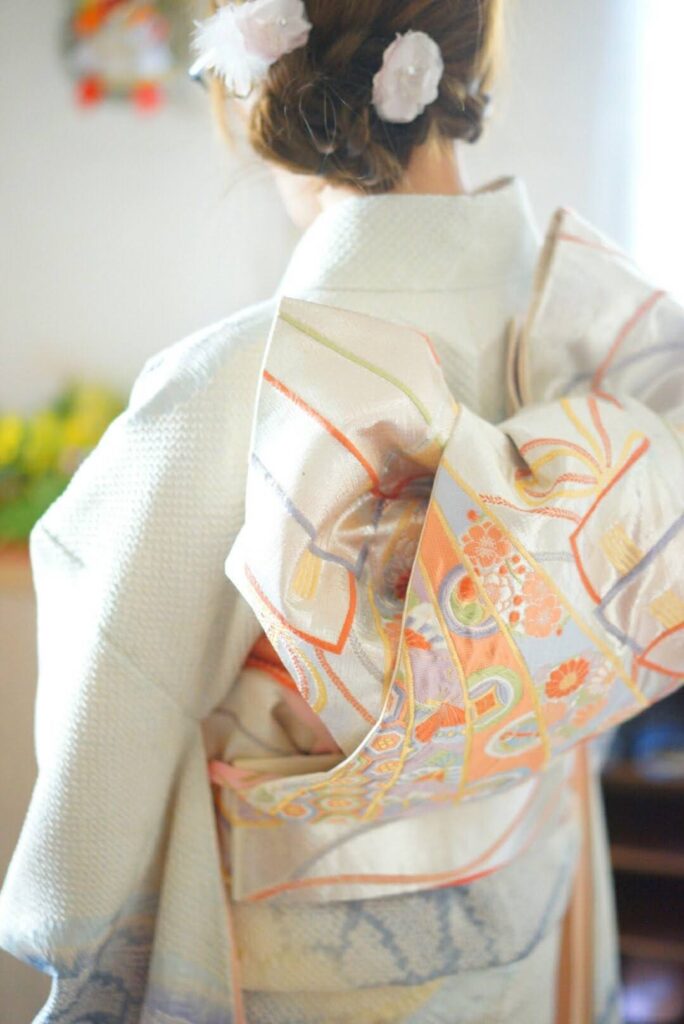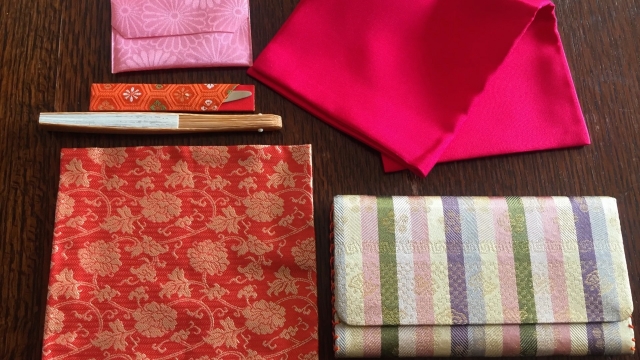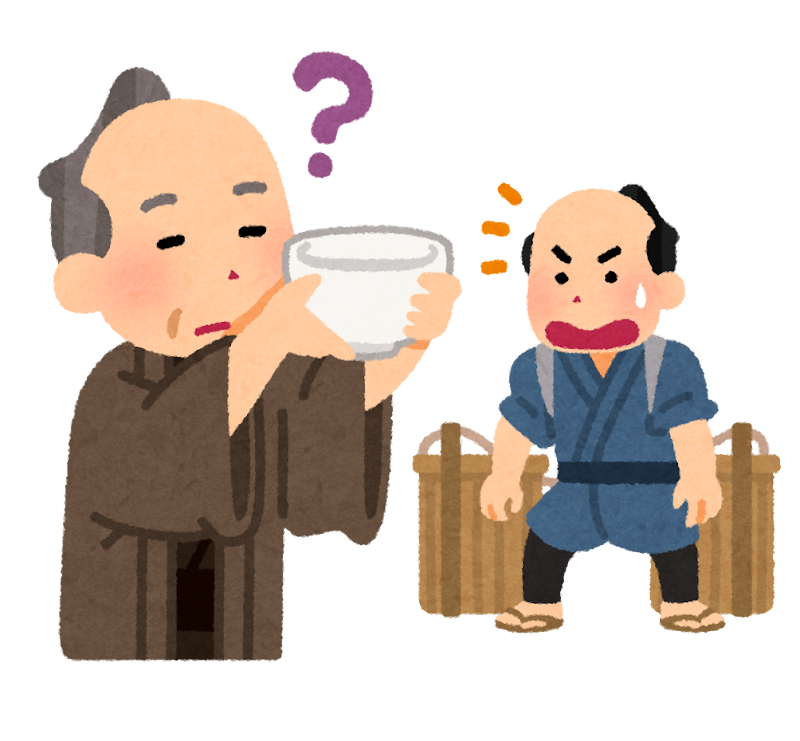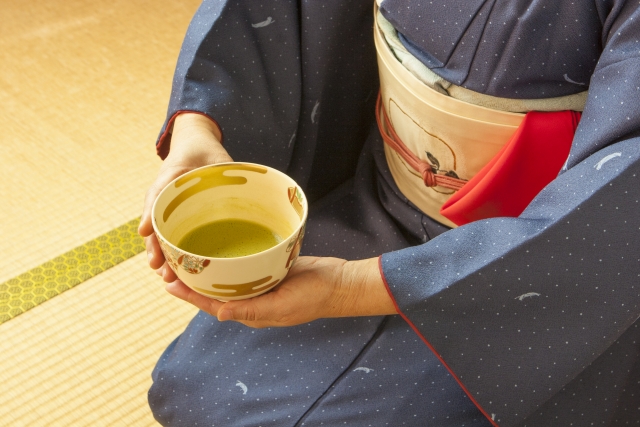Introduction
Choosing a kimono in the world of the tea ceremony is not just a fashion choice. It is a form of self-expression in the special space of a tea ceremony, and at the same time, an important element of respect for the host and other participants.
The concept of “rank” is the most important factor in kimono selection. Kimono kitsu indicates the level of attire appropriate for the occasion, but it may seem a little difficult for those who are hearing it for the first time. In this article, we will explain in detail about kimono rank with specific examples so that even beginners can easily understand it.
Understanding Kimono Ratings
The highest grade of attire: About Tomesode
The tomesode is the most prestigious kimono in the tea ceremony. A black ground with a family crest on it is considered appropriate attire for the host of a particularly prestigious tea ceremony or formal tea party. However, there are important rules for wearing tomesode. However, there are important rules regarding the wearing of tomesode, including the fact that it may only be worn by married couples and that it must have a five-fingerprint crest.
If an unmarried person is to serve as the pavilion master for a formal tea ceremony, alternatives such as a visiting gown should be considered. In addition, when wearing a tomesode, the obi and ornaments must be equally prestigious.
Representative of semi-formal wear: Visiting Kimono
The visiting kimono is the second most prestigious kimono after the tomesode. With gorgeous patterns throughout, the visiting gown is appropriate as a guest at a formal tea ceremony or as the host of a seasonal tea ceremony. It can be worn even by young people and features a wide range of choices from a single crest to three crests.
With a wide selection of colors and patterns, these kimonos are easy to express a sense of the season. Especially at tea ceremonies in spring and fall, visiting kimonos with seasonal patterns and hues add color to the occasion.
Tsukebake suitable for daily use
The tsukebake is an elegant kimono with patterns arranged from the hem to the shoulders. It is suitable for daily tea ceremonies and practice, and can be worn with or without a crest. These days, it is widely used by young and old alike, and is especially recommended for those who are purchasing a formal kimono for the first time.
The charm of tsukebake lies in its exquisite balance of being neither too formal nor too casual. Another feature of tsukebake is its versatility; it can be worn directly to a dinner party after a tea ceremony.
Standard for everyday use: Komon and Tsumugi
Komon is known as the most user-friendly kimono, with a ground pattern or small pattern designed to repeat itself. It is suitable for daily practice as well as casual tea ceremonies. On the other hand, tsumugi is characterized by the rustic hand-woven texture and is best suited for casual tea ceremonies such as nodate (tea ceremony in the field).
These kimonos are especially suitable for those just beginning the tea ceremony. Easy to care for and relatively affordable, they are worth considering purchasing as a first piece of clothing.
Pride in traditional craftsmanship: Edo komon
When discussing komon, it is worth mentioning the existence of the “Edo komon. The Edo komon is not just a kimono pattern, but a traditional craft designated as an important intangible cultural asset. Its history dates back to the Edo period (1603-1867) and developed as the attire of the samurai family.
Characteristics and Attractiveness of Edo Komon
The most distinctive feature of Edo komon is its fine patterns, which at first glance appear to be plain. The technique called “katazome,” in which craftsmen dye each piece by hand, produces an exquisite pattern consisting of more than 20 fine lines in a square centimeter. Typical patterns include “Samekomon,” “Gyogi,” and “Edo-bare,” each of which has its own unique flavor.
This unique visual effect is one of the charms of Edo komon, which can be seen as a dense pattern when viewed up close, but looks like a solid color when slightly removed. This casual elegance is deeply connected to the spirit of the tea ceremony.
The Place of Edo Komon in the Tea Ceremony
Because of its elegance and prestigious atmosphere, the Edo komon is also valued in the tea ceremony. In particular, it has the following characteristics
-
Harmony with Formality
- Although it is a komon, its traditional value makes it suitable for slightly more prestigious tea ceremonies.
- High dignity inherited from the samurai family’s sense of aesthetics 2.
-
Relationship with the Seasons
- Responds to each of the four seasons according to the type of pattern
- The “hail” pattern is winter
- Genjiko” pattern is spring
- The “hemp leaf” pattern is summer
- The “Kagome” pattern expresses the seasonality of autumn, and so on.
- Wearing Opportunities
- Wide range of services from daily practice to short tea ceremonies
- Can be worn by all ages
- Especially from early summer to early fall, patterns that give a cool impression are preferred
Points to consider when selecting Edo komon
When selecting an Edo komon, we recommend that you pay attention to the following points:
- Pattern size
- Choose a pattern size that fits your physique.
- Relatively small patterns for young people and slightly larger patterns for older people are easier to harmonize.
- Relationship to color
- Edo komon are typically subdued colors such as indigo and brown
- While a variety of colors are available today, it is safe to choose the traditional color scheme for the tea ceremony
- Care and Storage
- Expensive traditional crafts require proper handling
- Professional cleaning recommended
- Take adequate mothproofing measures when storing.
Value of Edo komon in modern times
The Edo komon has the following values even today:
- Value as a traditional craft
- Cultural value as an important intangible cultural property
- Crystallization of craftsmanship and spirit
- utility value
- Can be used not only in tea ceremonies but also in various other Japanese situations
- Universal appeal for long wear
- aesthetic value
- Embodying the Japanese sense of beauty
- Discreet but deep flavor
Kimono Selection According to Season
In the world of the tea ceremony, a sense of the seasons is important. Harmony with the seasons is also an important factor in kimono selection. However, there are some precautions specific to tea ceremonies, so you must choose carefully.
Important considerations when choosing seasonal floral patterns
When choosing a kimono for a tea ceremony, one should be especially careful about the choice of floral patterns. While floral patterns such as cherry blossoms, plum blossoms, and chrysanthemums are certainly attractive choices for expressing a sense of the season, it may be wise to avoid them at a tea party. The reason for this is that they may “clash” with the tea flowers prepared by the host.
For example, if you wear a cherry blossom kimono to a tea ceremony and find a cherry blossom arrangement in the tokonoma (alcove), it may cancel out the thoughtfulness of the hostess. At a tea ceremony, care must be taken not to interfere with the sense of season and the taste of the flowers chosen by the host.
Recommended Kimono Selection by Season
Therefore, we recommend the following choices:
Spring
- Fresh colors reminiscent of young leaves
- Abstract spring pattern
- Patterns such as haze and running water
- Cherry blossoms and plum blossoms are understated.
Summer
- Cool fabrics such as “ro” and “gauze
- Pattern reminiscent of a waterside scene
- Waves and cool geometric patterns
- Light colored kimono
Fall
- Deep tones
- Abstract Autumn Pattern
- Classic patterns such as Kagome and Cloisonne
- Autumn leaves and chrysanthemums should be carefully
Winter
- Heavy color tone
- Firm Fabric
- Patterns such as snow rings and hail
- Geometric patterns
Alternatives as a safe choice
The following are some options for choosing a kimono that avoids floral patterns:
- abstract design
- the seven treasures of the Chinese zodiac
- wave crest pattern
- tortoise shell
- hemp leaf
- Patterns based on natural phenomena
-
- running water
- wind
These patterns are a safe choice because they express a sense of the season and are less likely to disrupt the harmony of the tea and flowers.
Practical advice for beginners
For those new to the tea ceremony, we recommend starting with the komon. Komon is the most versatile and easy to care for kimono. It is also relatively inexpensive, making it an ideal choice for a first kimono.
When choosing a kimono, be sure to consider the following:
- The formality of the tea ceremony (formal tea ceremony or regular practice)
- Time of year (season and time of year)
- Your position (are you a husband or a guest?)
In addition, a long undergarment is essential for wearing a kimono. The choice of obi is also important, and an appropriate obi must be selected to match the grade of the kimono. Dressing requires practice, so we recommend that you take advantage of opportunities for practice.
Summary
At first glance, kimono grading may seem complicated. However, once you understand the basic concept, it is not so difficult. We recommend that you start with komon and tsumugi, and gradually learn to choose a kimono that suits the situation.
Kimono selection is part of learning the tea ceremony. There is no need to rush. Please cherish your encounters with each kimono and find an appropriate outfit for yourself.






